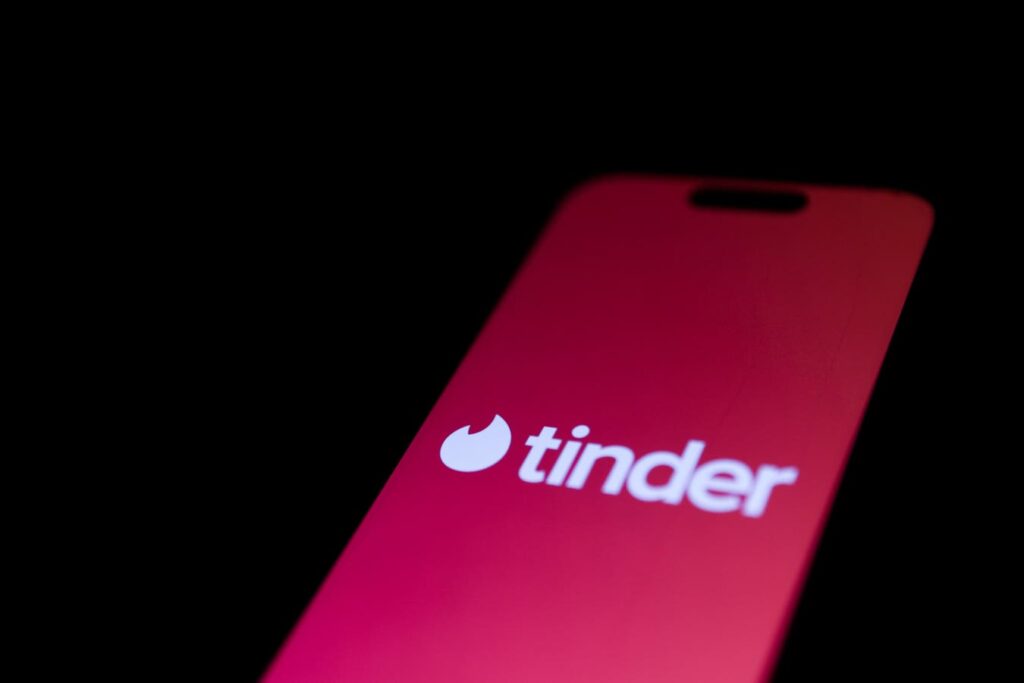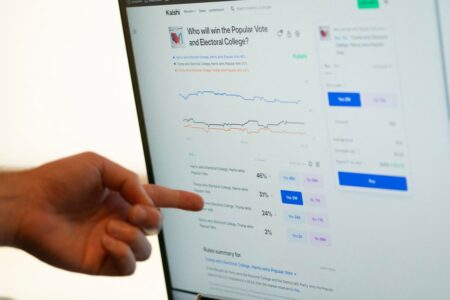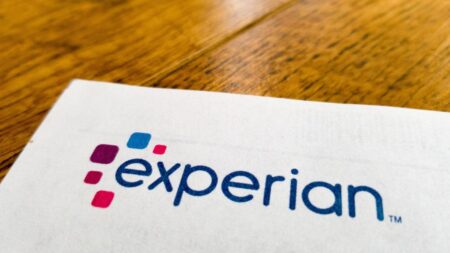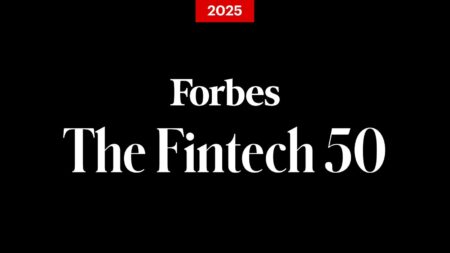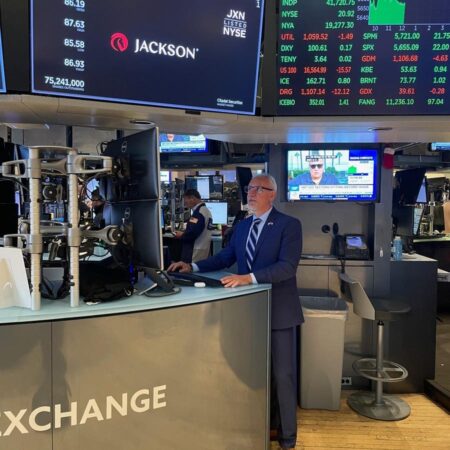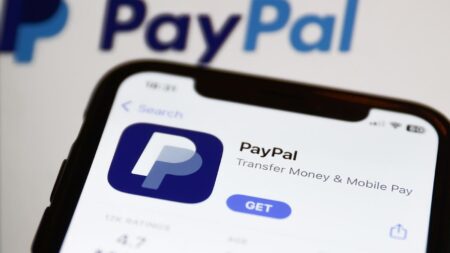Community banks and credit unions want to get personal with their customers and members. “If you ask any financial institutions (FI) today what differentiates them, the number one thing that they’re going to talk about is relationships, building relationships,” said Jaime Dominguez, principal product manager at Q2, a firm which provides digital banking solutions for banks and credit unions.
Inviting customers in for a meeting over a cup of coffee doesn’t scale — regular, dark roast, decaf, espresso, cappuccino with milk, oat or almond milk — it just seems so confusing, not to mention so last century.
Besides, when Covid made personal visits largely impossible FIs turned to alternatives such as — video and digital — to serve their customers. Both financial institutions and customers found out remote banking, even then, worked pretty well and saved a lot of time. The systems have been fine-tuned since, so even though branches have reopened, remote banking is still running strong. Now, said Dominguez, about 85% of bank deposits are done digitally.
“Thinking about digital in a personal manner is still very hard, though,” said Dominguez, “because bankers have grown up with a perspective of the way we build relationships is by getting to know you personally. ” How can a bank or credit union build a personalized, if not exactly cuddly, customer experience? Data, says Dominguez.
“How do I take this raw data and make sense of it to create profiles. For example, how many checks are they writing, how often do they log in, and what activities do they perform? Do they have a goal, and have they actually put money into that goal?”
Using that information, the FI can provide information, products and services that matter to the individual customer at that point in time.
“The landing page should should contain content that represents where you are in your personal financial life,” Dominguez said.
One credit union using Q2 was able to identify members using high cost payday lenders for quick cash.
“Through Q2, they were able to build a program that went after those individuals to provide them with better lending offers, and then let them actually apply for that loan within the Q2 solution set. It made the whole process frictionless.”
By analyzing a member’s deposits a credit union can see if someone is working in the gig economy or starting a small business.
“We already know Gen Z and Millennials are some of the most entrepreneurs that we’ve ever had in the country.”
With Q2 a bank or credit union can offer a customers separate business and personal accounts that run on the same platform and have similar user interfaces. With composable landing pages an FI can create a table of recent transactions or a call to action, such as signing up for bill pay.
Technology narrows the gap between money center banks and community banks and credit unions. With assets of $4.2 billion Stanford Federal Credit Union is not tiny but it’s not a Wells or Chase of Navy [Federal Credit Union} said Joan Opp, president and CEO. Her total assets are less than half what Chase says it spend on IT.
Ron Shevlin, in these pages, said that credit union total IT spend is only about 12% lower than the megabanks’ spending; community banks were about half that. Still, said Shevlin, the sheer amount of spending is less important than what it is spent on. The smaller institutions might have an advantage because they rely on vendor-provided core systems, so they spend less of their budget on maintaining proprietary software. There’s reason to pay attention when Opp says that Stanford CU’s digital banking has features that some of the major banks lack.
“I have looked at the top digital banks, and I know we have more features than they do,” she said.
Emmett Higdon, director, digital banking at Javelin Strategy and Research, agrees that smaller financial institutions are not necessarily left behind by the country’s largest banks. In recent custom research, Javelin’s analysts looked at a smaller FI, Northwest Bank, that uses a third party mobile front end from Fiserv and found it was competitive in mobile scoring overall, ranking in the top 6 to 11 for ease of use, financial fitness and account opening, dropping to 19 only in customer experience.
“The custom work that we did for Fiserv last year confirms the point that Stanford CU is making—it is possible to compete with the national banks even if your budget does not have 10 zeros in it,” Higdon added. Fiserv published the results on its website.
Stanford Credit Union competed with First Republic and is now going after customers who aren’t happy that they have been transferred to Chase.
“We look at Chase more than Bank of America. I think their app is pretty decent but I don’t think we are far off,” said CEO Opp.
The credit union can provide better personal service, she added.
“We have all the digital functionality so almost everything you need to do you can do digitally. We have chat with AI behind it, and a person behind AI, and if you have an escalation you are going to get an answer from a person.”
Like several other Q2 users she appreciates the way the software works with other technology providers, like the cross-border payments platform Wise, formerly TransferWise.
“We were the first U.S. FI to natively integrate Wise with our online banking,” said Opp. “Our members love it, it is better than Wells or Western Union and has saved our members meaningful money on fees.”
At many financial institutions, Covid provided a catalyst to focus energy and resources on digital. VeraBank in Longview, Texas, was running separate platforms for personal and business banking, said Michael Purifoy, senior vice president.
“In the middle of Covid we decided we needed to evaluate our full digital offering.”
Working with a consultancy the bank chose Q2.
“One of the biggest drivers behind that decision was the fact we could provide a product that was consistent for both our business and retail users. Commercial banks have a lot of small business owners who bank with us for both their personal and business accounts. It wasn’t great to have two separate platform and two different user experiences.”
Since moving to Q2 the feedback has been great, he said.
“Q2 provides a solution that is flexible. It lets us fix small things. Some of the other providers we looked at had an off-the-shelf product and you had to go through them to plug in new features. That can be slow, and then you don’t have the ability to improve the solution on your own.”
In addition, Q2 has built a marketplace of fintech providers that integrate with their solution. Q2 says is has more than 120 third party providers that integrate with its digital application.
Purifoy said VeraBank has brought several third party providers to Q2 to help the bank mitigate risk and improve back-end processes. He has calls almost weekly with other community banks interested in learning from VeraBank. Sharing information is good for community banks, which are under constant pressure to keep up with the big national banks ansd rarely compete with each other. he said.
“Community banks can deliver in a way that Bank of American and Chase haven’t been willing to do. We are able to sit down and spend time with small business owners or controllers, the people who actually use the system, and help onboard them. We have moved several customers away from larger banks because we sat down with them and explained how to maximize the system.”
Another Q2 user, Forbright bank, has its headquarters in Chevy Chase, Maryland, but offers its high-yield savings account across the country. It markets itself as a bank that will “help finance a brighter, greener and more sustainable future.”
“Banks used to compete on retail branches, “ said Matt Quale, president of digital banking at Forbright Bank. It competes on a purpose-driven approach to banking.
Forbright focuses on sustainable lending, financing investments in renewable energy, green building upgrades, affordable housing and accessible healthcare, and does it across the country through its digital online presence. So now, instead of competing with five to 10 branches nearby, it competes with 5,000, added Quale.
Forbright is part of an alliance of banks and credit unions that have pledged not to finance fossil fuel companies or projects. It has donated $250,000 to the National Parks Foundation as part of its public partnership to protect the country’s 450-plus national parks.
“Our positioning plays around sustainability, a, lot of customers want to work with a bank that reflects their values, We have customers who are also customers in big banks and small banks,” he said. “Banking has moved to a battle for share, rather than try to own a relationship.”
Read the full article here







